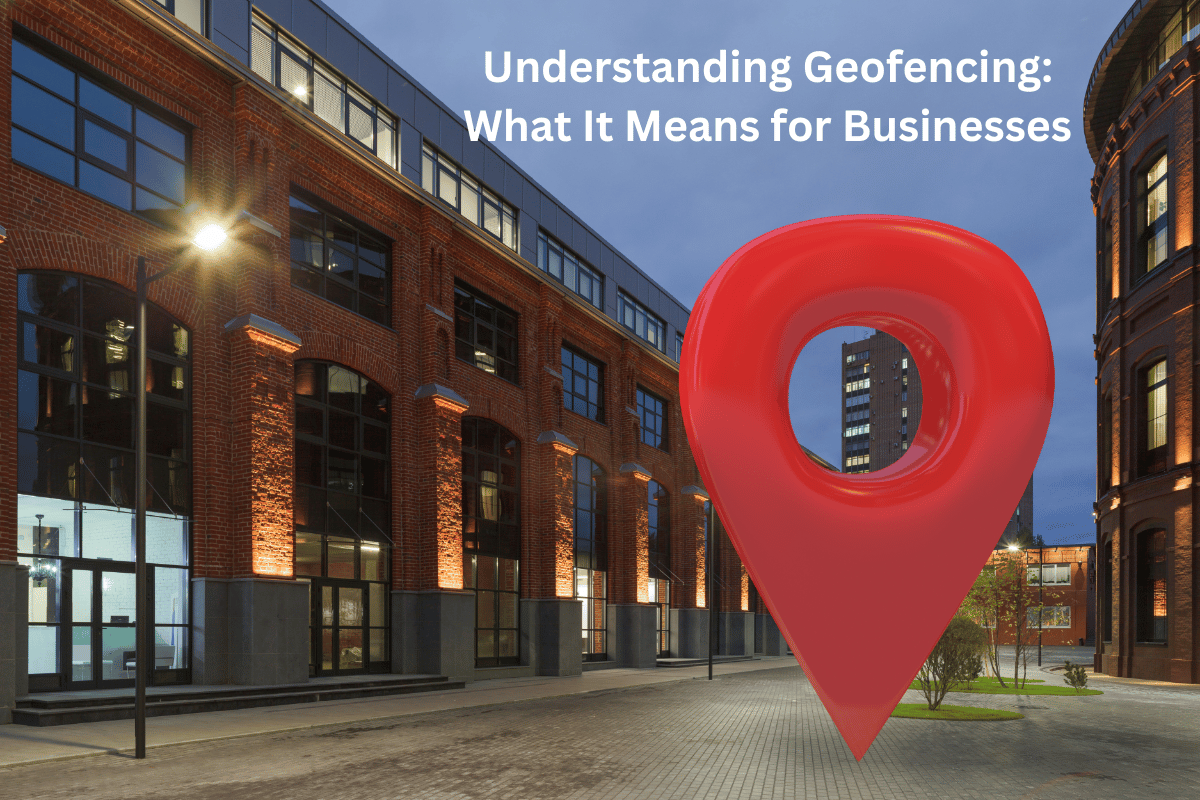Understanding Geofencing: What It Means for Businesses
In today’s technology-driven world, businesses are always seeking ways to connect with their customers and outshine their competitors. A technology that has become quite popular among marketers is geofencing. This article delves into the concept of geofencing and how it can be advantageous for businesses of all sizes.
What is Geofencing?
First of all, what is geofencing? Geofencing essentially involves creating boundaries around locations using GPS, Wi-Fi, and cellular data. When a user crosses these predefined boundaries, it triggers actions like notifications, offers, advertisements, or alerts on their mobile devices. This technology enables businesses to target customers within an area with customized messages and promotions.
Enhanced Customer Engagement
A significant aspect of geofencing is its role in boosting customer engagement by providing content at the right time and place. For instance, if a customer passes by a store equipped with geofencing technology, they might receive pop-up notifications on their device offering exclusive discounts or promotions for immediate use. This personalized approach creates a sense of urgency and enhances the chances of conversion.
Personalized Marketing Campaigns
Moreover, one standout feature of geofencing is its capability to deliver personalized marketing campaigns tailored to customers’ preferences and behaviors. Analyzing location data allows businesses to better understand their audiences’ behaviors and preferences. This information helps them tailor advertisements to interests, enhancing their marketing strategies.
Enhanced Customer Experience
The use of geofencing technology enhances customer experiences by providing location-based services. For instance, airports utilize this technology to send real-time flight updates and gate information to passengers within the airport premises. This boosts customer satisfaction and ensures a seamless travel journey for travelers.
Boosted Foot Traffic and Sales
Geofencing is an approach for businesses to attract foot traffic and increase sales by engaging potential customers in close proximity to their physical stores. By sending promotions through geofencing, businesses can grab individuals’ attention and encourage them to visit their outlets.
Effective Competitor Targeting
For instance, imagine a clothing store creating a geofence around its premises. When customers with the store’s app enter this designated area, they can receive notifications offering time-limited discounts on purchases made that day. Such exclusive deals can lure customers into the store, resulting in heightened foot traffic and sales.
Effective Competitor Targeting
Competitor targeting presents an opportunity for businesses to use geofencing. Companies can gather insights into customer behaviors and preferences by creating boundaries around competitor locations. For example, a running shoe store could monitor foot traffic around rival sportswear retailers to understand customer interests better. This data can then be used to customize marketing campaigns or offers tailored to appeal to those customers who have shown interest in products elsewhere.
Geotargeting and Audience Segmentation
Geofencing enables businesses to employ geotargeting and audience segmentation strategies to target demographics in defined locations. By establishing perimeters in areas where their target customers reside, work, or frequent, businesses can craft marketing messages that resonate with the preferences and needs of these audiences. This personalized approach ensures that businesses optimize their marketing efforts by connecting with the individuals at the moment.
Data Collection and Analysis
Through geofencing, businesses gain access to data on customer behaviors, preferences, and trends. By collecting location data from users who consent to services, companies can uncover insights into locations, average dwell times, and movement patterns throughout the day. This abundance of data can be analyzed to spot emerging trends and devise strategies for acquiring and retaining customers and enhancing business operations. For instance, a chain of restaurants could gather information on the number of people visiting their locations.
In summary
Geofencing enables businesses to use location-based services in their marketing plans. By improving customer interaction through notifications and attracting customers with personalized offers, geofencing offers numerous advantages for businesses of all sizes. By making use of this technology, companies can stay ahead in engaging with their target customers and boosting sales. Therefore, it’s worth considering integrating geofencing into your business strategy to unlock its potential.






